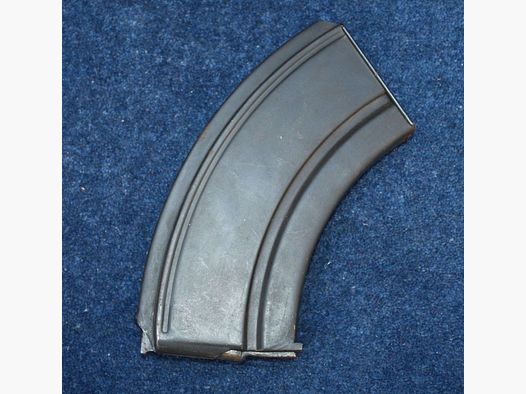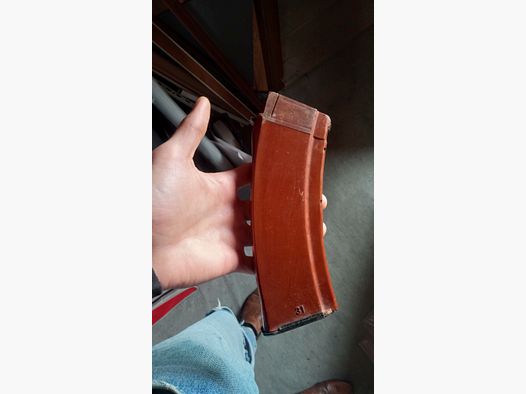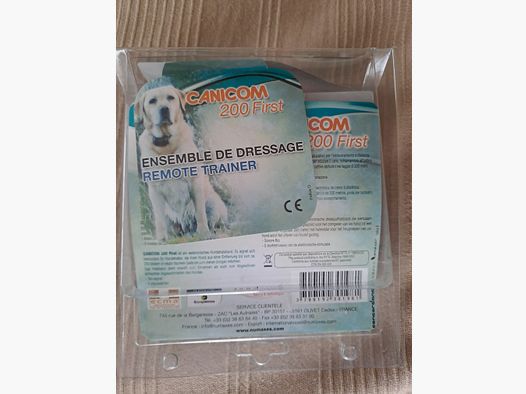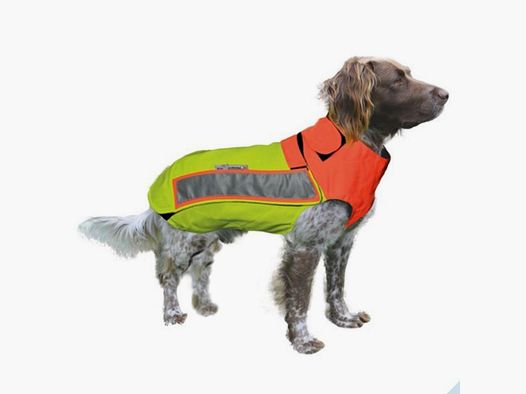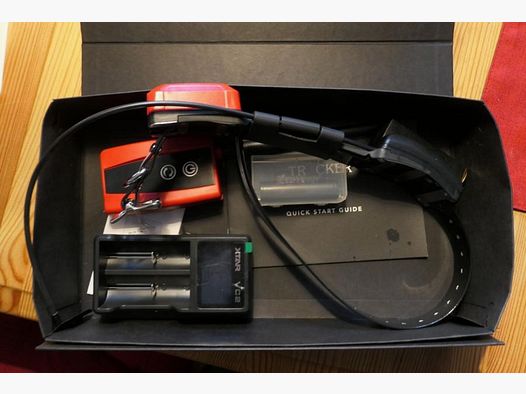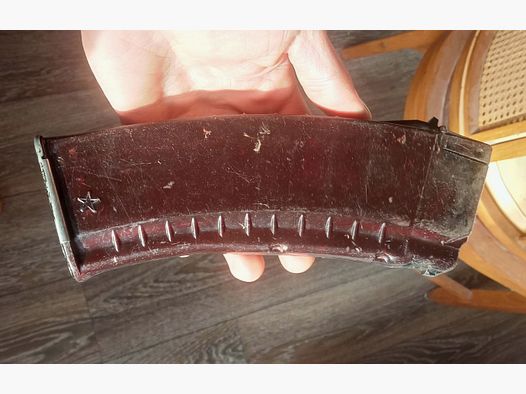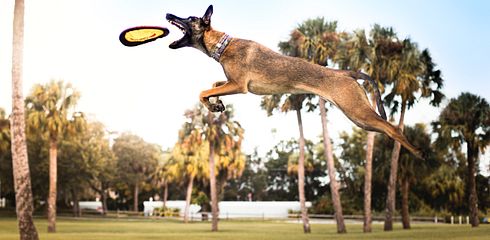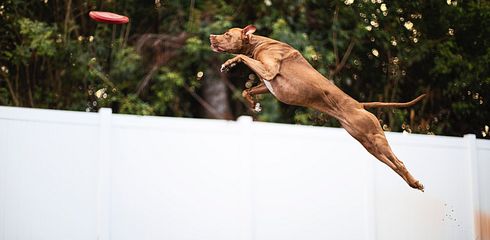In this article, you will learn what clicker training for dogs is all about, how to apply it best, and how to achieve the desired results.
Clicker Training - The Introduction
Clicker training is an effective method to motivate dogs through positive reinforcement and to encourage desired behavior. All you need are species-appropriate and healthy treats, as well as a clicker or "click frog". The sound of the clicker is neutral and free of emotions, which makes it easier for the dog to understand than spoken commands. Additionally, the click is faster and more precise than your voice. The short "click-click" signals to your dog that he is receiving a reward for his behavior.
Before clicker training can be successful, your dog must learn that the click indicates a reward. This is called "classical conditioning," where the click sound represents the "secondary reinforcement" and the treat represents the "primary reinforcement." Together, they are meant to motivate the dog to display desired behavior. Before you start clicker training, you need to ensure that you have the right timing for the click. Therefore, practice triggering the click accurately yourself before teaching your dog the training with the clicker.
The Correct Execution
A recommended exercise to achieve the necessary precision in clicking requires only a partner and a tennis or bouncy ball. Stand facing your training partner and hold the clicker ready in your hand. Have your partner drop the ball to the ground. Click exactly at the moment the ball hits the ground. It is best to practice this exercise until you have perfected it. Alternatively, you can throw the ball up and then click when it reaches the highest point of its flight.
The Conditioning
When it comes to clicker training for dogs, conditioning the dog to associate the click with a reward is the first exercise. At the beginning, the click has no meaning for the dog, so it is important for beginners to equip themselves with a special clicker and a treat pouch and to practice in a distraction-free environment. During the first exercise, the click should occur casually and without expectations from the handler. After each click, a treat follows immediately: Click - Treat - Click - Treat. This procedure should be repeated about 10 to 20 times per exercise.
To check if the conditioning was successful, the click should be tested when the dog is busy with something else. If the dog responds to the click sound and turns attentively towards the handler, the click is conditioned, and the first clicker training exercise is successful. It is important to note that the clicker should be used exclusively as a confirmation signal and should remain associated with treats (or other rewards). The clicker should not be used otherwise to call the dog or to get his attention. Clicker training has virtually no disadvantages, as the clicker reinforces the reward but does not replace it.
Don't Despair
The clicker can be used both in practical exercises in dog training, such as in puppy training, and in sports agility exercises. If clicker training does not work immediately and your dog does not understand what you expect from him, you should not despair or react irritably. First, reconsider where there might be mistakes in your clicker training.
Not every attempt succeeds immediately, and patience is also essential. If the training sessions with your four-legged friend are applied continuously and correctly, the desired success will show up faster than expected. Practice makes perfect!



